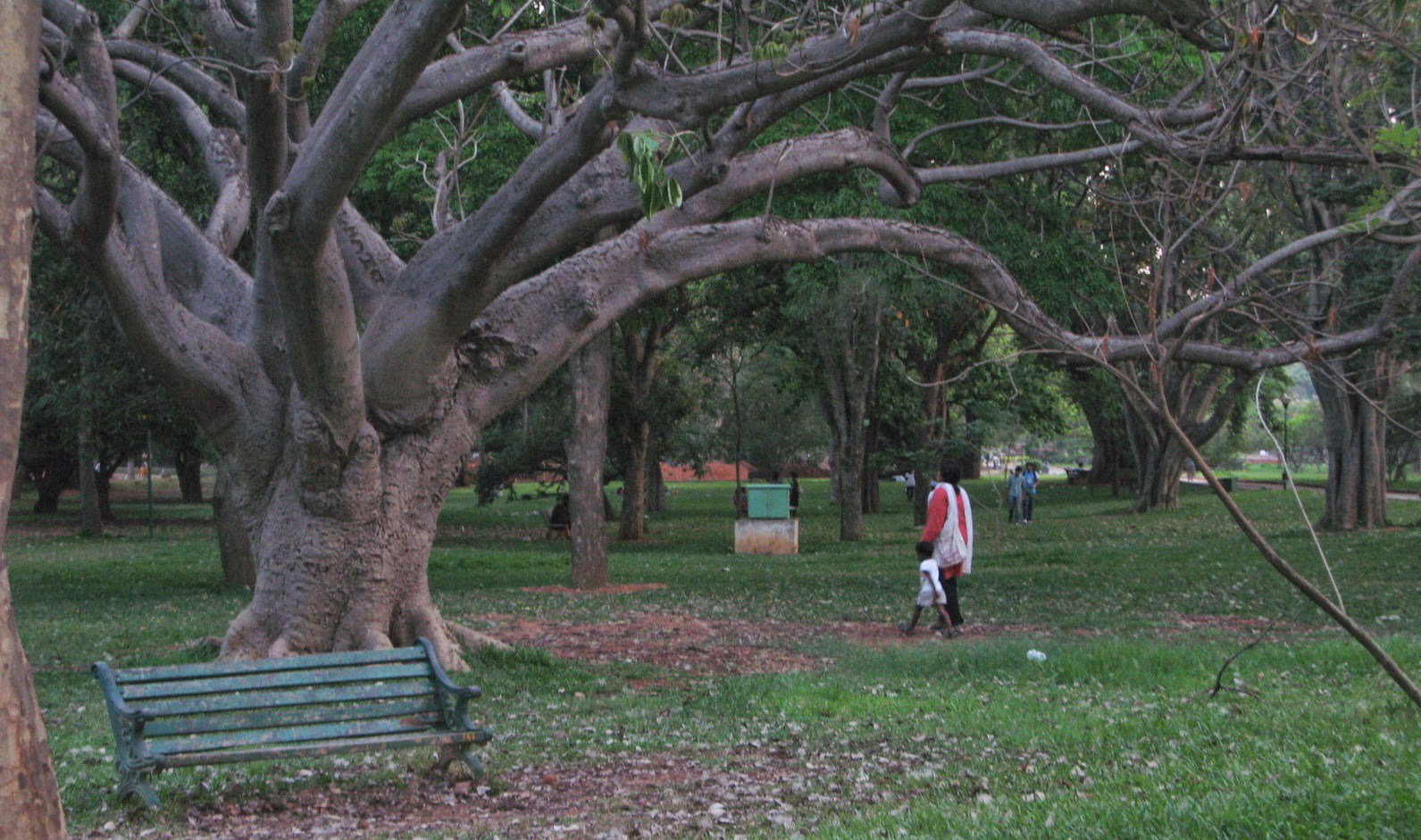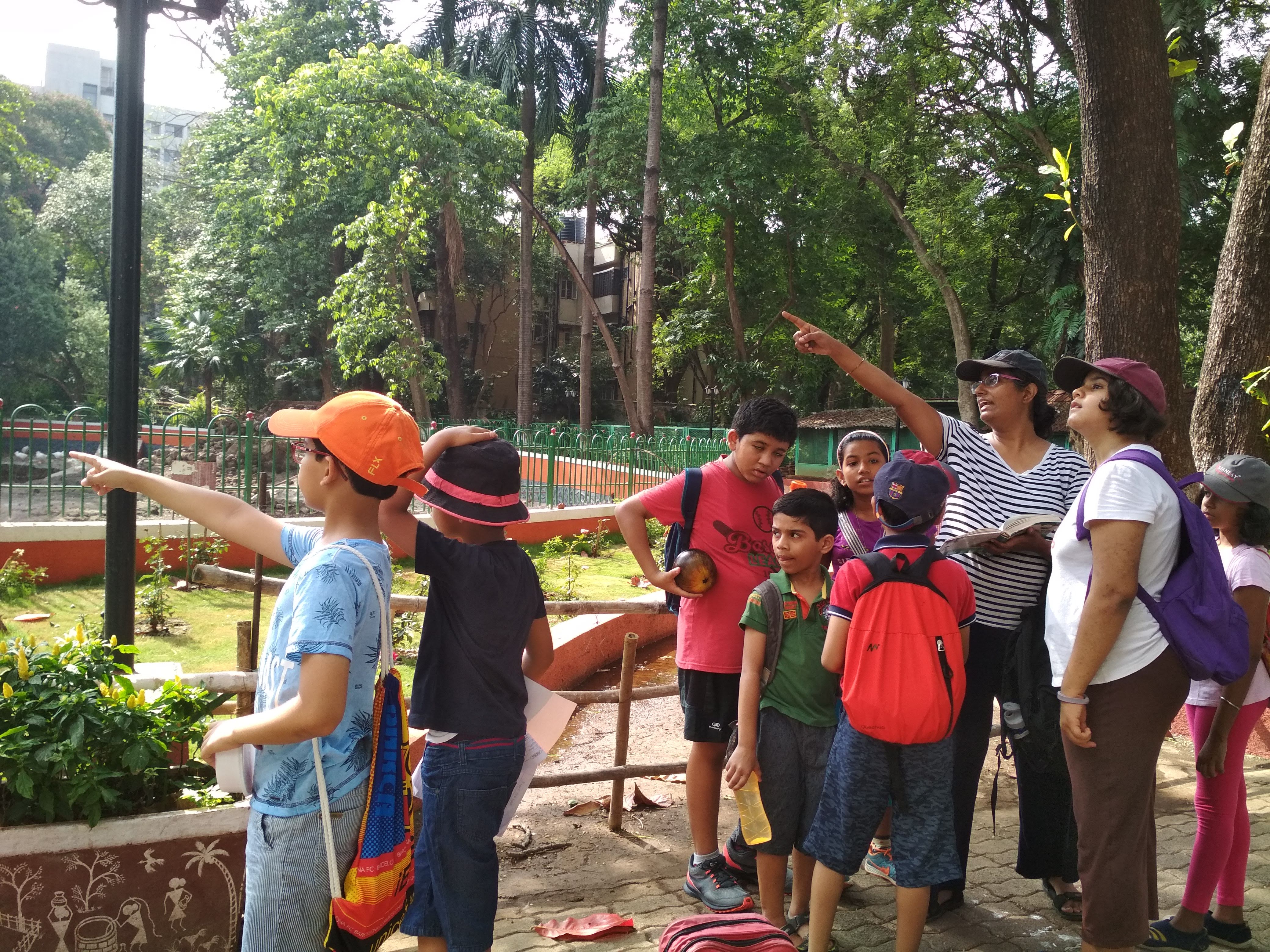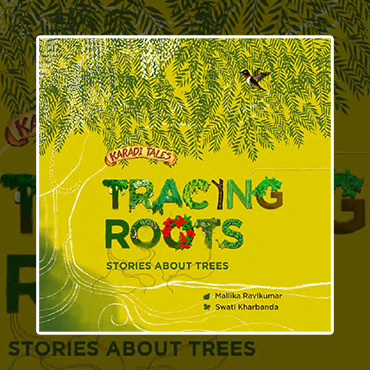One of the earliest poems I remember from my school days remains one of my favourites to this day – Leisure by William Javies, whose opening lines I did never forget…
What is this life, if so full of care;
We have no time to stand and stare.
Children today are awfully busy – With their school. Their studies. Extra-curricular activities. And dozens of other classes.
My children are too! And I empathize with the modern-age parent who is trying to juggle many things at once and would rather their kids spend time constructively in music or dance or football class than in lounging before a gaming set at home!
But it is still possible – even necessary I’d say, to take some time out, even if its a few minutes each week – to do nothing at all. To sit and stare. To contemplate. To imagine.

For that is the beginning of all creativity. That is when ideas are born. That is how observations are made. When one is still and watchful.
I’ve see parents berating their kids for sitting idly. I’m not sure that’s a good thing. We lay too much stress on productivity, not realizing that the best ideas and observations are born out of times when the mind is still.
As a boy I had found it far pleasanter to be chasing birds in pleasant places then doing ridiculous sums in elementary mensuration in the classroom. Since then I have watched birds through half a century and more, chiefly for the pleasure and elation of the spirit they have afforded.
Bird-watching provided the excuse for removing myself to where every prospect pleases – up in the mountains or deep in the jungles – away from the noisy rough-and-tumble of the dubious civilization of this mechanical high-speed age. A form of escapism, maybe, but one that hardly needs justification.
SALIM ALI, FALL OF A SPARROW
If you’re meaning to start and need a hand, here are some tips to get you to begin…
1. Lead by Example.
I have met parents who want their children to read but they don’t spend much time reading.It works the same way with spending quiet time as well.If you wish that your child observe and watch nature, you need to lead by example.Take a few minutes out every weekend, build it into your schedule. Go out into the park or a thicket nearby. And just be!
2. Begin Small
Start with short sessions. A 10 minute walk or outing. Listen to the birds in your neighbourhood, look at the shapes of the trees. Stay still and explore.
Your child may be bored. Don’t expect the first few sessions to be game-changers. Be patient and keep at it!

3. Avoid an Information Over-doze
It’s not important that your child know the names of every bird and tree he/she sees.
What’s more important is to develop a sense of wonder and awe, a deeper interest and a keen eye.
Don’t bamboozle your child with names and information. There is nothing more putting off.
Every outing need not be about seeing or spotting something. Let him/her watch and observe on their own. They learn a lot by silent observation. They don’t need to be told and taught all the time. Allow them to discover and learn on their own.
Let them begin with rolling in the mud, swinging on the branches and have a good time.

4. Don’t fret and fuss over Mud and Wounds!
Children will fall and hurt themselves when they are out.
They will touch the mud and pick up all kinds of things. They are naturally curious and will explore.
Don’t kill their natural curiosity by fretting and fuming over bruises and infections.
Let them climb trees. They may fall a few times…but that won’t cut their wings like your discouragement.
Let them roll in the mud. They may dirty their clothes but that won’t kill their free spirit like your protest.
Take it easy and allow them to explore.

When you fuss over clothes and feet getting muddy or the child getting dirty, you sub-consciously discourage them from getting their hands in the mud and exploring more. Hold yourself back.
Mud is not Dirty. The Soil is not Dirty. It’s the magical substance that gives birth to Life and Food.
Peel off your mental conditioning. Allow your child to walk and crawl in the mud, roam in the wilderness, climb trees. That is the best way they will learn to enjoy Nature.

5. Connect with Nature Clubs near you.
Use social media to find Nature Clubs near you. Join them for their weekend outings.
You will get to meet like-minded people, find out about tours and outings, and your child will learn about birding and nature walks.
As your child makes friends in this group and learns more, he/she will look forward to the outings.
If your child enjoys photography or making Videos, encourage them through this interest. Making a short film or writing a story about their findings and sharing it with their friends or at school might induce them to go out more often.

Encourage them to watch and observe, without placing a premium on what they end up spotting.
Get them to keep a diary of all that they see. It will encourage them when they note that at each outing, they notice and observe more.

While Trees and Flowers are easier to watch and learn about, it is hard for children to spot birds and identify their calls.
Moreover, one needs to be out early in the mornings and one requires to learn how to use binoculars and focus with them. It takes time and effort. But once your child gets the hang of it, it is blissful.
For tips on how you can get started with birding with your child, click here.
I shall end this post with the full text of LEISURE by William Henry Davies. I hope the words stir you to take the time out to stand and stare.



Atul Apte
April 20, 2019 - 10:21 am ·Hi, Mallika. It was nice to read the blog. It is true that children must be exposed to nature in most natural ways. In my profession I travelled a lot and had to spend time alone and in those days no TV, mobile I could spend time exploring the nature or myself. It helped me lot to improve.
Mallika Ravikumar
April 20, 2019 - 12:27 pm ·Thanks Atul. You have turned a negative (travel for work) into a positive. That’s wonderful. Thanks for writing in.